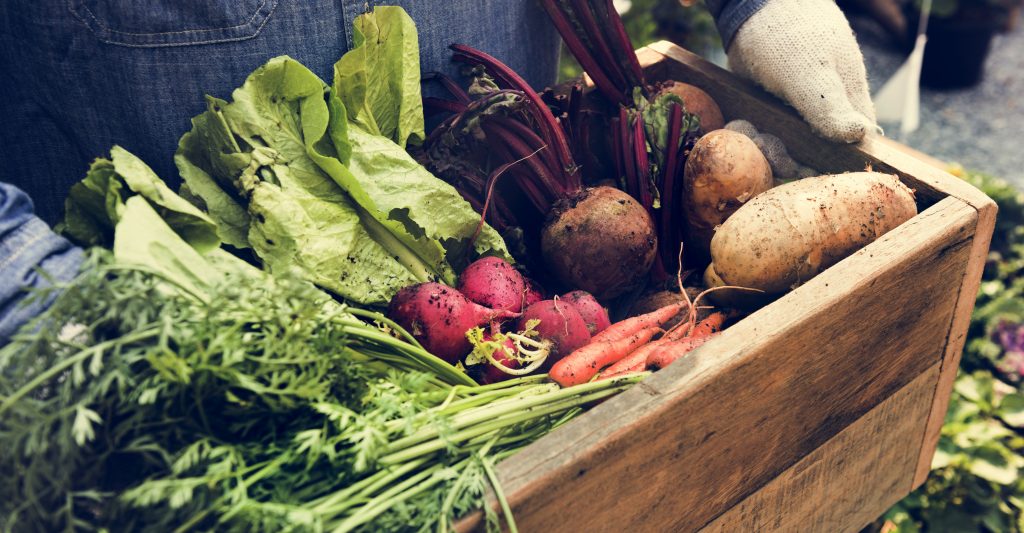“There are various regenerative certification schemes in progress, and I am certain we will see some version of a regenerative logo in the next year, but it’s all a work in progress. We need to get to the point where regenerative agriculture is the standard.” Until then, Tickell says we all need to seek out a dialogue with the people growing our food.
“Consumers need to continue to question the brands, farmers, and food producers they’re buying from. Let’s face it: We live in a time when we can,” he stresses. “You can tweet at a food company and ask why they’re not on the regenerative bandwagon. People are busy; I get it. But if you’re on Facebook and you’re posting updates, you have enough time to tweet at the people who make your food. If you already go to a farmers market, you have enough time to say, ‘Hey, how are you growing this food?'” Three brands that he’s seen welcome a healthy, transparent dialogue with consumers about regenerative practices are Dr. Bronner’s, Nutiva, and Annie’s.
When you’re in a pinch, Tickell says to at least avoid factory-farmed meat and food that contains corn and soy. These cornerstone crops of convention in U.S. agriculture are almost never rotated and are likely sprayed with chemicals.
Tickell believes that bringing life back to dry, unhealthy soil is one of humanity’s more pressing jobs, and we are all responsible for helping out. “What we really need is a million soil warriors. People who understand this information, are able to articulate the issue, and choose to go into every level of their community.”

